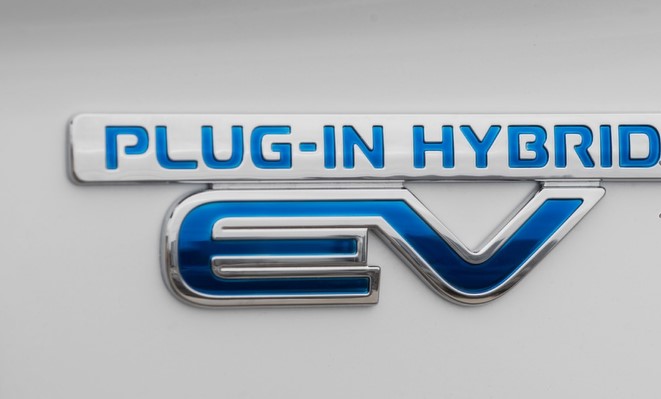A new report from the European Commission reveals that plug-in hybrid electric vehicles (PHEVs) produce significantly more emissions in real-world conditions than previously believed, by an average of 3.5 times more than lab tests indicate. PHEVs are designed to offer the advantages of both electric and gasoline-powered vehicles, with a battery for short trips and a combustion engine for longer journeys or when charging is unavailable. Despite being considered a transitional technology towards fully electric vehicles, PHEVs often fail to operate as expected.
Studies conducted in Europe and California have shown that PHEVs emit higher levels of pollutants due to their limited use of electric mode and consumer behavior, with utility factors significantly lower than anticipated. This new report, conducted by a government entity, highlights “emissions gaps” in all examined European countries, ranging from 176% to 287%.
The report’s findings have implications for regulatory standards. For example, California’s 2035 phaseout for gasoline vehicles allows 20% of cars to be PHEVs, despite evidence suggesting their emissions are much higher than expected. The EPA’s recent rules also rely heavily on PHEVs for compliance, despite acknowledging the need to revise utility factor estimates downwards.
The European Commission plans to use this report to inform future regulations, with a rule change expected in 2025. However, further adjustments may be necessary to align regulations with real-world data.
These findings add to a growing body of evidence that challenges the role of PHEVs in reducing emissions and transitioning to cleaner transportation. As governments and regulators aim to accelerate the adoption of electric vehicles (EVs) and reduce the environmental impact of transportation, the efficacy of PHEVs as a transitional technology is being called into question.
Critics argue that PHEVs may not be as effective at reducing emissions as initially thought, especially if drivers predominantly use the combustion engine rather than the electric motor. This discrepancy between lab tests and real-world performance underscores the importance of considering actual driving behavior and vehicle usage patterns when evaluating the environmental benefits of different vehicle technologies.
The report’s findings also raise concerns about the regulatory framework governing PHEVs and the need for more stringent standards to ensure that these vehicles deliver on their promised environmental benefits. Policymakers may need to reevaluate incentives and regulations related to PHEVs to encourage their optimal use and maximize their potential contribution to reducing emissions.
As the automotive industry continues to evolve towards electrification, the role of PHEVs in this transition remains a topic of debate. While PHEVs offer some advantages in terms of flexibility and range, their environmental impact in real-world conditions raises questions about their long-term sustainability. The findings of this report are likely to inform future policy decisions regarding PHEVs and their role in the broader context of sustainable transportation.

